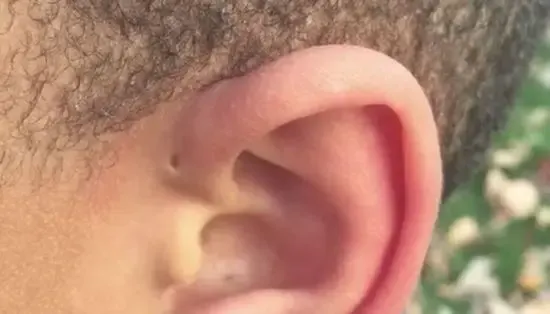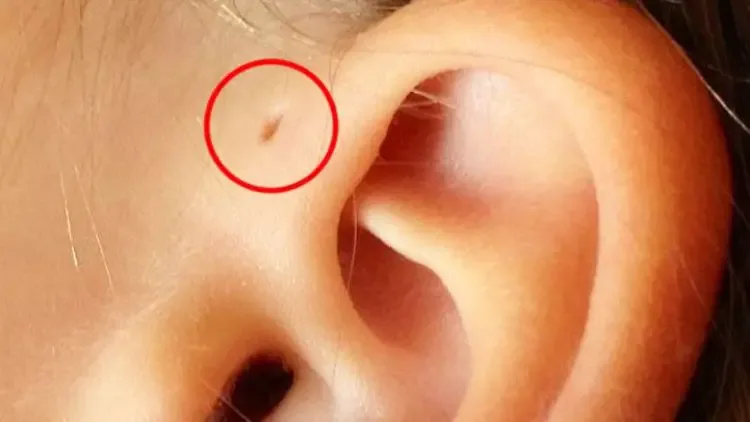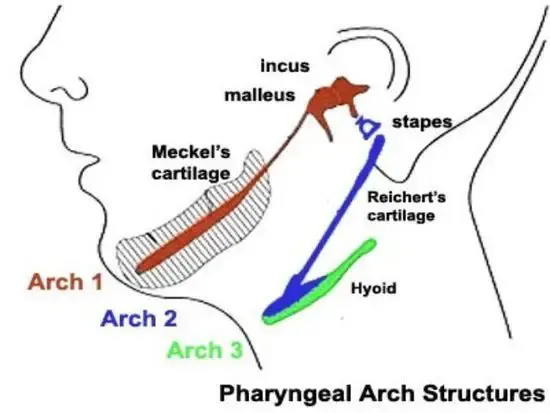Although it is so slow that we do not really notice it, evolution is an ongoing process.
With the birth of every generation, it progresses in tiny ways we can never quite visually process, in ways we can never hope to imagine.
Of course, at the rate we are going with how technology is developing, we might as well begin taking control of our own evolution and chart its course.
Until then, it is interesting to pinpoint and take note of the little physical differences that we all have, and examine where they may possibly have stemmed from.
One of these differences is the appearance of what seems to be a very tiny hole above someone’s ear, where the ear pinna curves back into the side of the head.
If you are someone who has very sharp observation skills, you may have noticed that this is unique physical appearance is relatively rare and occurs only in small percentages.
Perhaps you may have this yourself.

At a glance, it may appear to be a scar, a birthmark, or maybe even a piercing.
In actual fact, it is preauricular sinus or pits. A rare congenital malformation, it appears in only one percent of the U.S. population.
Elsewhere in the world, such as Asia or Africa, the figure is a little higher – about four to ten percent out of the general population.
As you can imagine, the rare appearance of pits has resulted in cultural superstitions that are associated with them.
For example, Ethiopian culture believes pits grant the person wealth.
A hereditary birth defect that forms early in fetal development, the preauricular sinus was first documented by a scientist named Van Heusinger in 1864.
It is essentially a sinus tract that should have been covered by skin but wasn’t.
Normally it is restricted to a single ear, but it isn’t uncommon to find both ears affected.

Luckily, the condition is relatively harmless in and of itself. It has no links to hearing impairments, but it does have correlations with a genetic syndrome.
Because of this, children with this condition are taken aside for screening of the genetic disorder.
Some people, however, are more prone to developing benign cysts (caused by bacteria trapped within it), in addition to being prone to infections.
If these cysts or infections become too problematic, doctors may advise the afflicted to have the pits removed or sealed shut.

While it is normally classified as a defect by experts, many theories have since arisen in the interest of understanding exactly what the preauricular sinus is, and where it may have stemmed from.
The most attention-grabbing theory put forward at the moment is from Neil Shubin, an evolutionary biologist.
According to his interview Business Insider, he claims that they may be the result of evolution phasing out what were once fish gills.
His claim holds some water, as it is based off a current, widely-held belief that humanity and fish split off from the same common ancestor millions of years ago.

Whatever the case it may be, it is fascinating just to see how evolution still affects us today!
